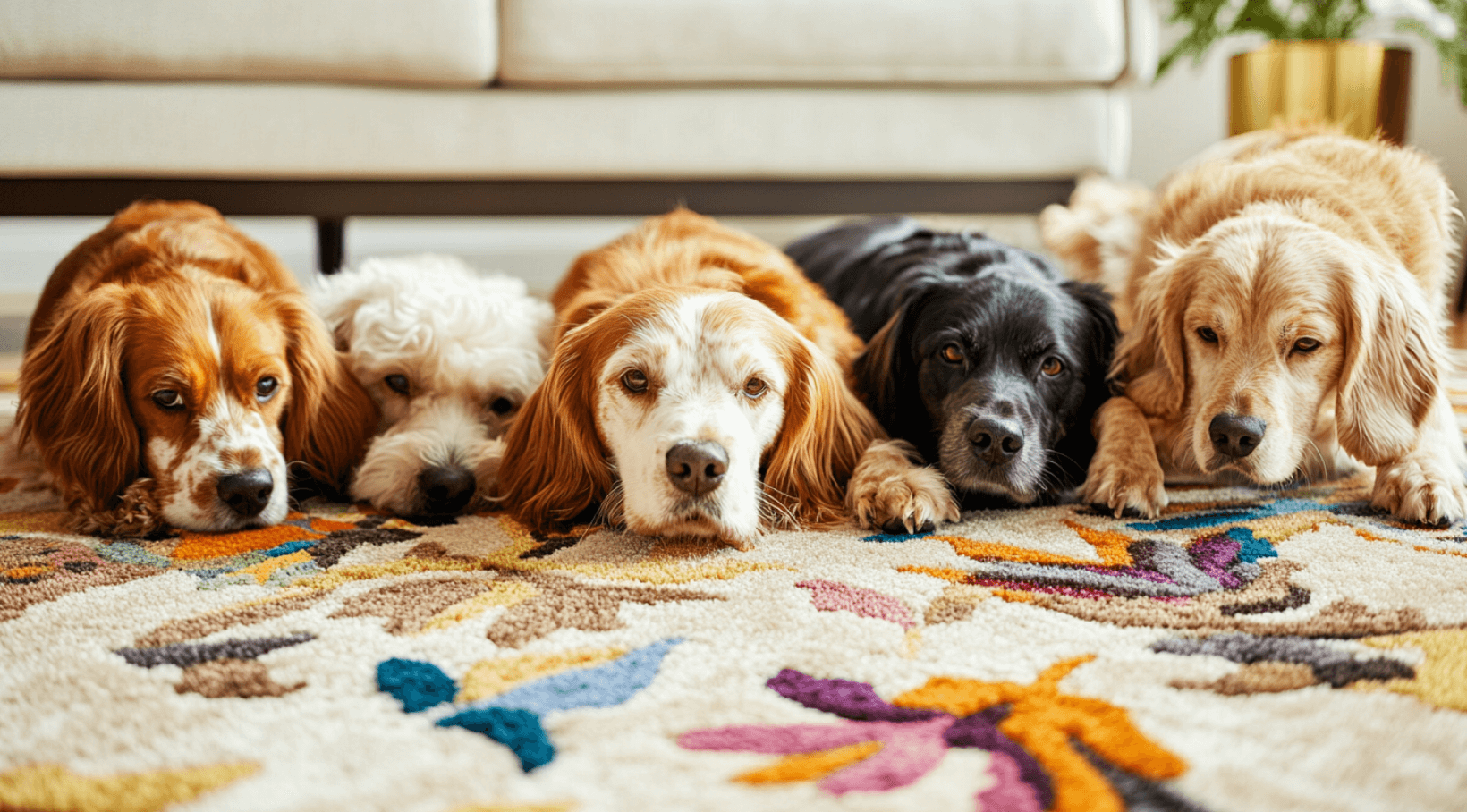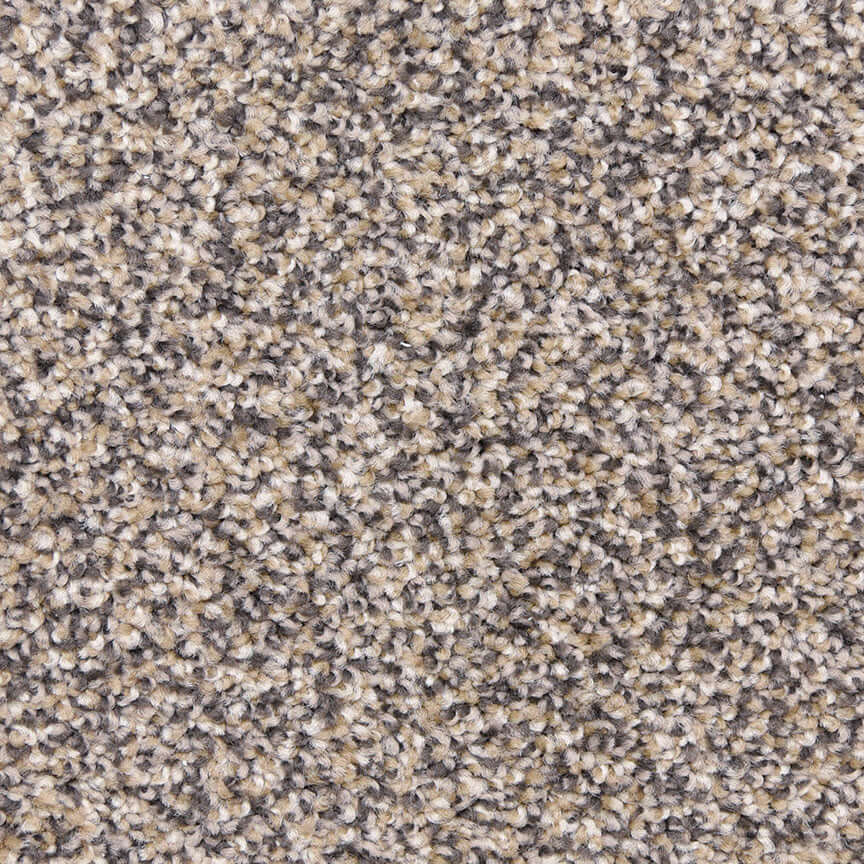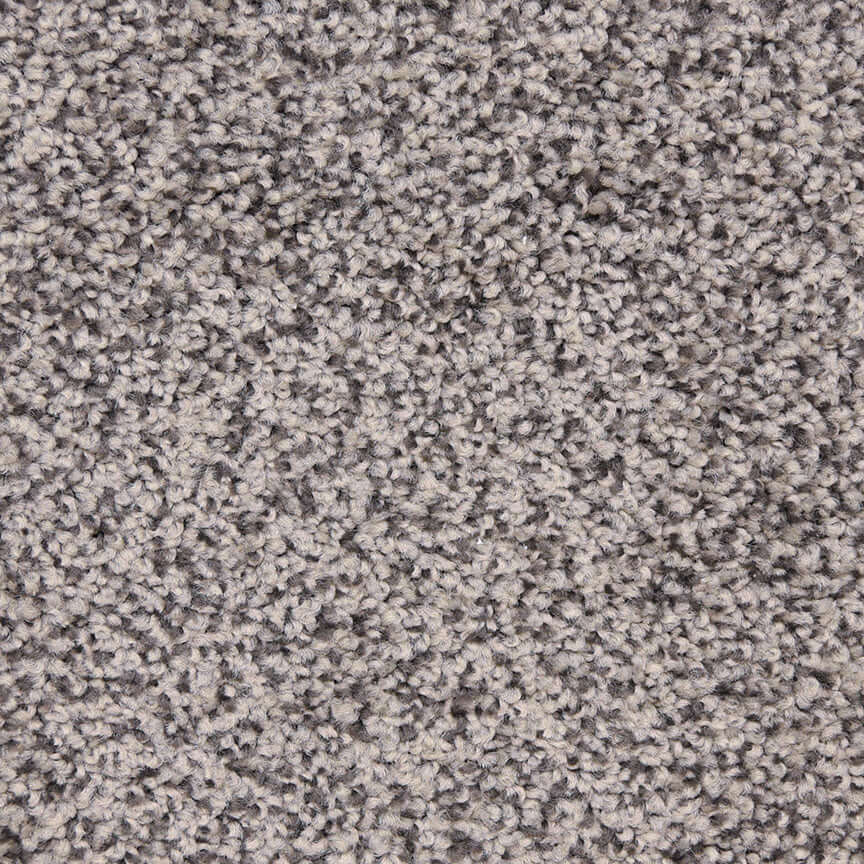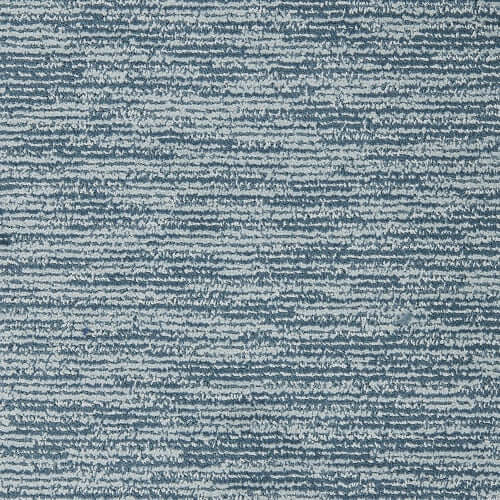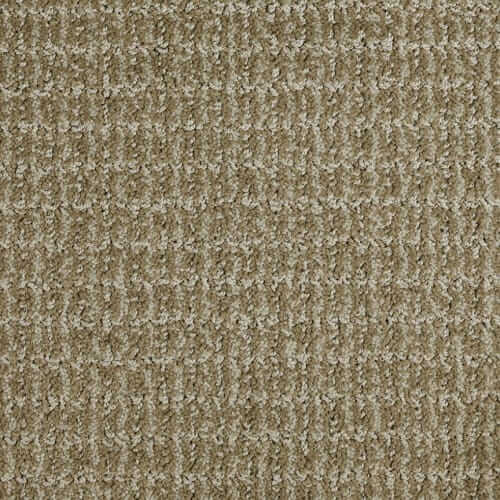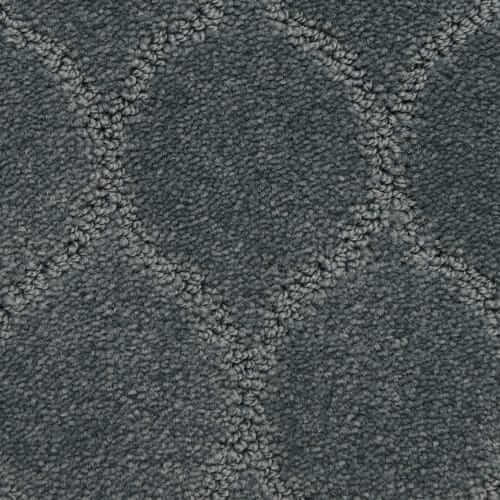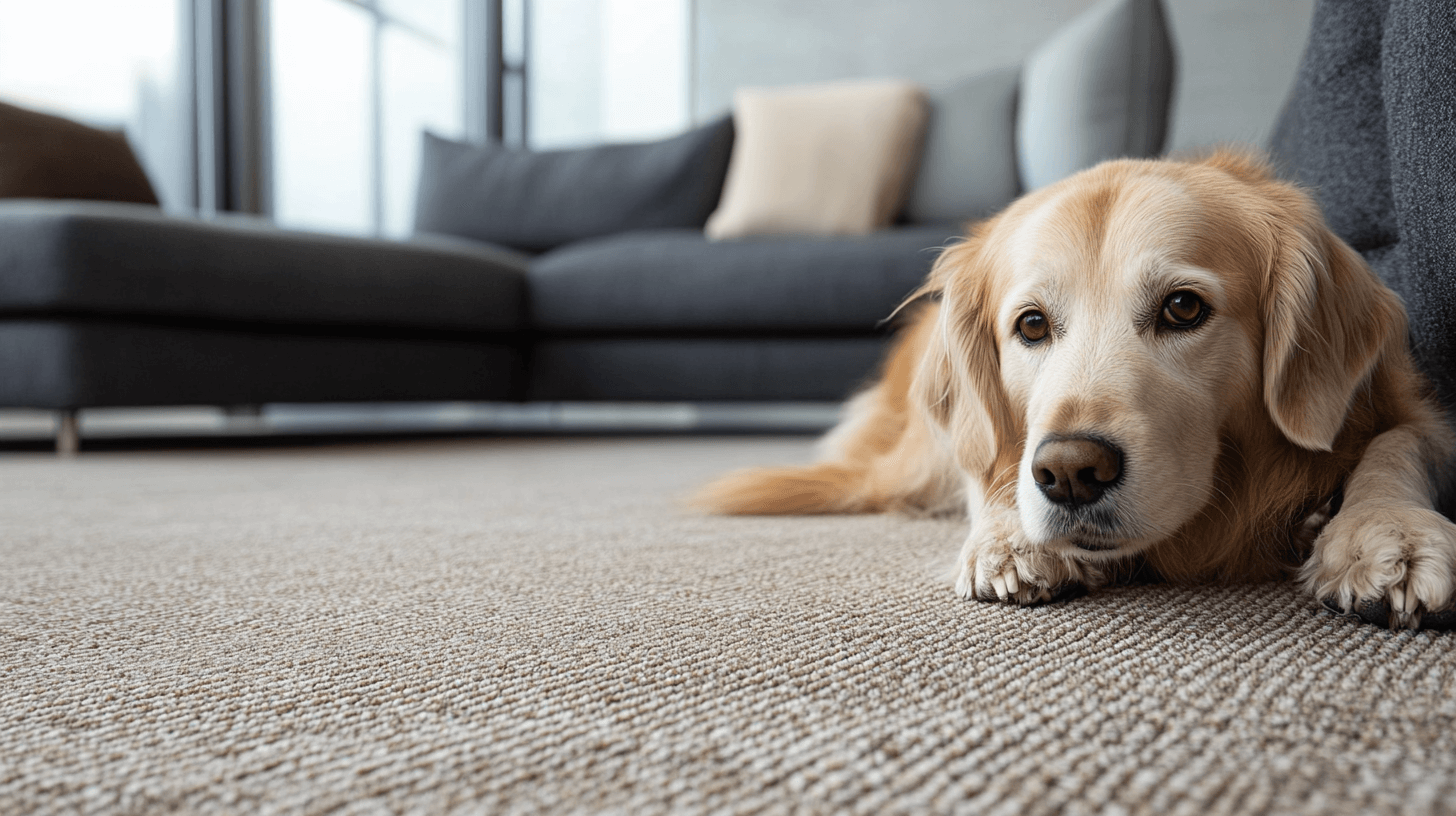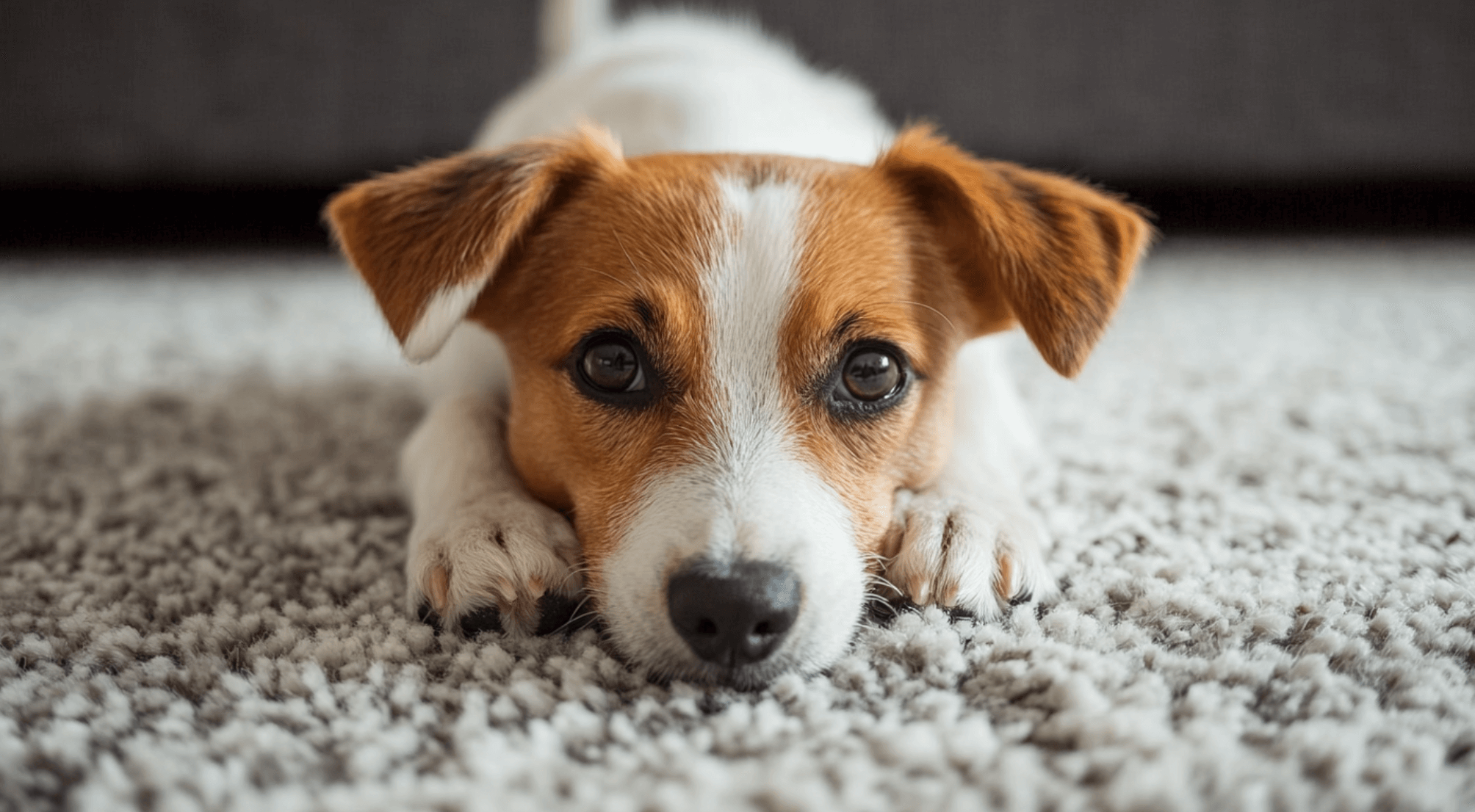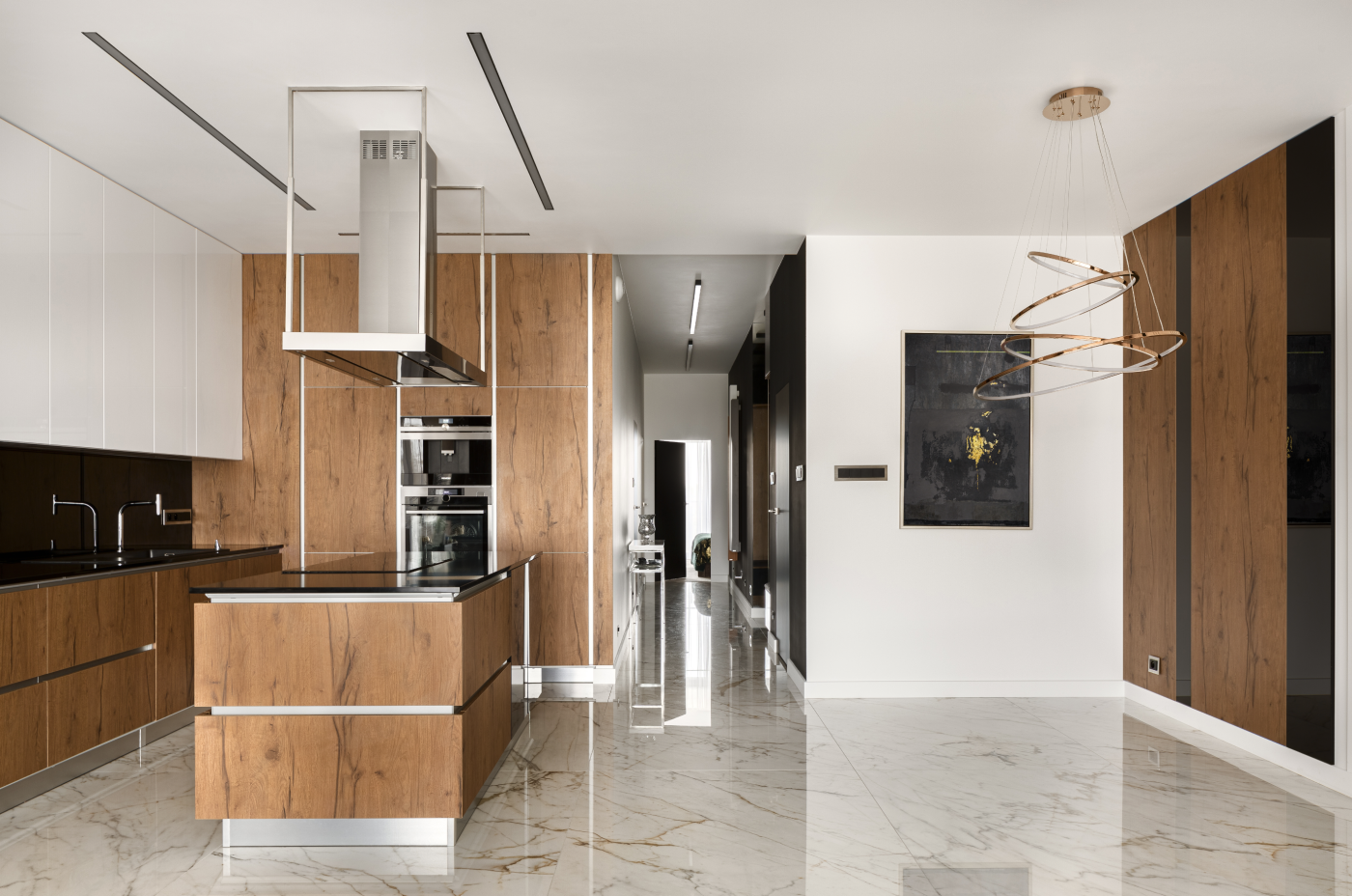If you are a pet owner, you know how challenging it can be to choose the right carpet.
While pets bring joy, they also bring fur, dirt, and sometimes accidents in your daily life. However, just because you have pets it doesn’t mean you have to give up on soft and comfortable carpeted floors. There are some carpets that work great for both you and your furry friends. The most important thing is to get a carpet that can face the daily wear and tear and still look and feel great for a long time.
Let’s explore few different types of carpets and explain what makes them suitable for homes with pets.
What to Consider in a Pet-Friendly Carpet?
Before we dive deeper into specific carpet types, let’s see what you should look for in a carpet for a home with pets:
Durability: Your carpet needs to handle the wear from paws, claws, and regular use.
Stain resistance: Because spills and accidents can happen often, you will need a stain-resistant carpet.
Easy to clean: You’ll want a carpet that’s easy to vacuum and hides potential stains well enough.
Pet hair management: Some carpets trap pet hair more than others, so you’ll want a type that doesn’t cling to fur.
Odor resistance: This is a biggie. Pet odors tend to linger in fabrics, so odor-resistant carpets are a must.
With these in mind, let's talk about the different carpet types that can meet the demands.
Carpets That Meet All the Demands
When you are looking for the best carpet that can handle the pets, a combination of cut pile construction and synthetic materials is your best bet. Let’s break down why this combination works so great.
Cut Pile Construction
You might be asking why does cut pile carpet work so well for pets.
Well, one of the main advantages of cut pile construction is that it has no loops (they are cut). Loops can easily catch on pet claws, and that can lead to snags or even damage over longer periods of time. By using cut pile, you can avoid the risk of such damage, and that is precisely what makes it pet-friendly.
We should also note that carpets with shorter cut pile are especially beneficial because they trap less dirt and pet hair and this is what we mentioned as a point of consideration. Not to mention they are more resistant to wear and tear in high-traffic areas (read: any area your dog chooses to run in circles).
The shorter fibers also maintain their shape well so they won’t look flat after a while like other carpets.
Synthetic Materials
Now, some people might be asking, why is synthetic better than natural fibers.
This is because carpets made from synthetic materials, like nylon, outshine natural fibers like wool when it comes to stain and odor resistance. In this case, natural fibers tend to absorb moisture and odors much more easily, which becomes a problem in homes with pets. Synthetic fibers, on the other hand, are designed to repel stains and prevent moisture from soaking in, which is why they are so easy to maintain.
This is especially the case with carpets made from Nylon 6.6, which we use to make our carpets.
If you know how tough standard Nylon 6.0 carpets are, then you will be delighted to know that carpets made with Nylon 6.6 perform even better. Nylon 6.6 is specifically designed for tougher, more resilient carpets. The addition of glass fibers in 6.6 nylon gives it enhanced stain resistance and water resistance, which is essential for preventing lingering pet odors and tough stains.
Whether it’s muddy paws, accidents, or shedding, these carpets are highly effective at repelling these common pet-related issues, while still providing you with the comfort that only a carpet can provide.
Now, let’s look at some of the carpets we offer that are ideal for pet owners.
#1 Cut Pile Nylon Carpets
Amberhill in Black Sand
Like we previously mentioned, cut pile carpets are made by cutting the loops of yarn, leaving the ends exposed and this is how you get that soft and plush surface these carpets are known for. But don’t let that plushiness fool you! Since these carpets are made from nylon 6.6, they are also:
Durable: Cut pile nylon is strong enough to handle high traffic and the rough play of pets. Nylon is known for its toughness, and the 6.6 version is the most resilient.
Stain resistant: Nylon carpets have excellent resistance to stains. This is key for pet owners who deal with both small and big “accidents” or spills on a daily basis.
Easy to clean: The smooth, even texture of cut pile makes it easier to vacuum and clean.
Less likely to snag: Since there are no loops, pet claws won’t get caught and cause damage
Cut pile nylon carpets are great for any type of pet. This means that will work great even if you have large dog or very active pets in general - these carpets can handle it.
#2 Tip Shear Nylon Carpets
Tip shear carpets are a mix of cut pile and loop pile.
This means some fibers are cut, while others remain looped, and this is what gives the carpet a more textured, patterned appearance. These carpets are still made from nylon, which gives them some of that durability we talked about, but the combination of cut and loop fibers creates a slightly different experience:
Hides dirt and hair: The textured surface of tip shear carpets help hide pet hair and dirt between cleanings.
Moderately durable: Nylon still ensures good durability, though tip shear carpets aren’t as tough as fully cut pile carpets.
Easier to clean than full loop: Since part of the carpet is cut, it’s easier to clean than carpets with only looped fibers.
While tip shear carpets are a decent choice, the loops can still pose a risk for snagging on pet claws, which could damage the carpet over time. Additionally, they might trap more dirt in the looped areas, making them a bit harder to clean compared to fully cut pile carpets.
These carpets might be better for homes with smaller pets or less active animals.
#3 Cut and Loop Nylon Carpets
Cut and loop carpets combine both cut pile and loop pile in a single design, just like tip shear carpets.
The main difference is that cut and loop carpets often have some unique patterns that makes them look great visually but that does not translate into being the best carpet for pet owners. With all of that said, cut and loop nylon carpet can be a decent choice for your furry friends if you are looking for something that is:
Visually appealing: The mix of cut and loop fibers creates some unique patterns that are visually interesting, offering more design options.
Hiding dirt and hair well: The texture and patterns help to hide dirt and pet hair, making your carpet look cleaner between vacuumings.
Partially easy to clean: The cut portions of the pile are very easy to clean, but the looped areas might trap more debris.
While cut and loop carpets provide an attractive option, they share the same issue as tip shear carpets—loops can catch on pet claws. Additionally, they aren’t as easy to clean as fully cut pile carpets, making them more suitable for homes with smaller pets or areas with lower foot traffic.
TL;DR: Choosing the Right Carpet for Homes with Pets
In the end, the best carpet for your home will depend on the needs of both you and your pets.
If you are buying a pet-friendly carpet for the first time, our suggestion is that you prioritize durability and ease of cleaning over aesthetics. You can also pick a natural color or a darker shade of the color you like if you are worried about the stains. Here’s a simple explanation to help you make a decision:
For high-traffic areas and larger pets = cut pile nylon carpets are the best option. They’re durable, easy to clean, and resistant to snagging from claws.
Looking for style with moderate durability = tip shear carpets. These provide a good mix of both design and practicality but may not hold up as well as cut pile carpets with active pets running around all day.
For visual appeal and low-traffic areas = cut and loop carpets. These carpets offer an interesting design that will look great but it’s better suited for smaller pets or those areas with less foot traffic.
We hope this helps you make the right choice, so both you and your pets can enjoy the comfort of the carpet without the constant worry about wear and tear.






